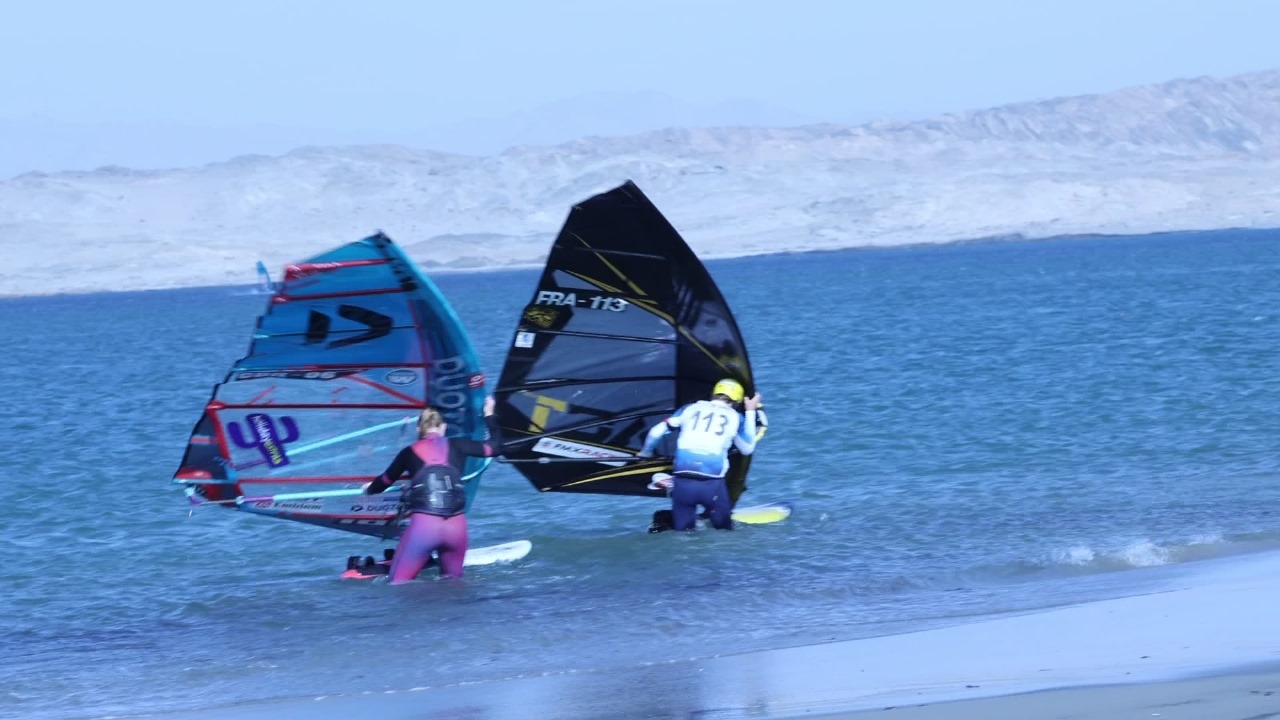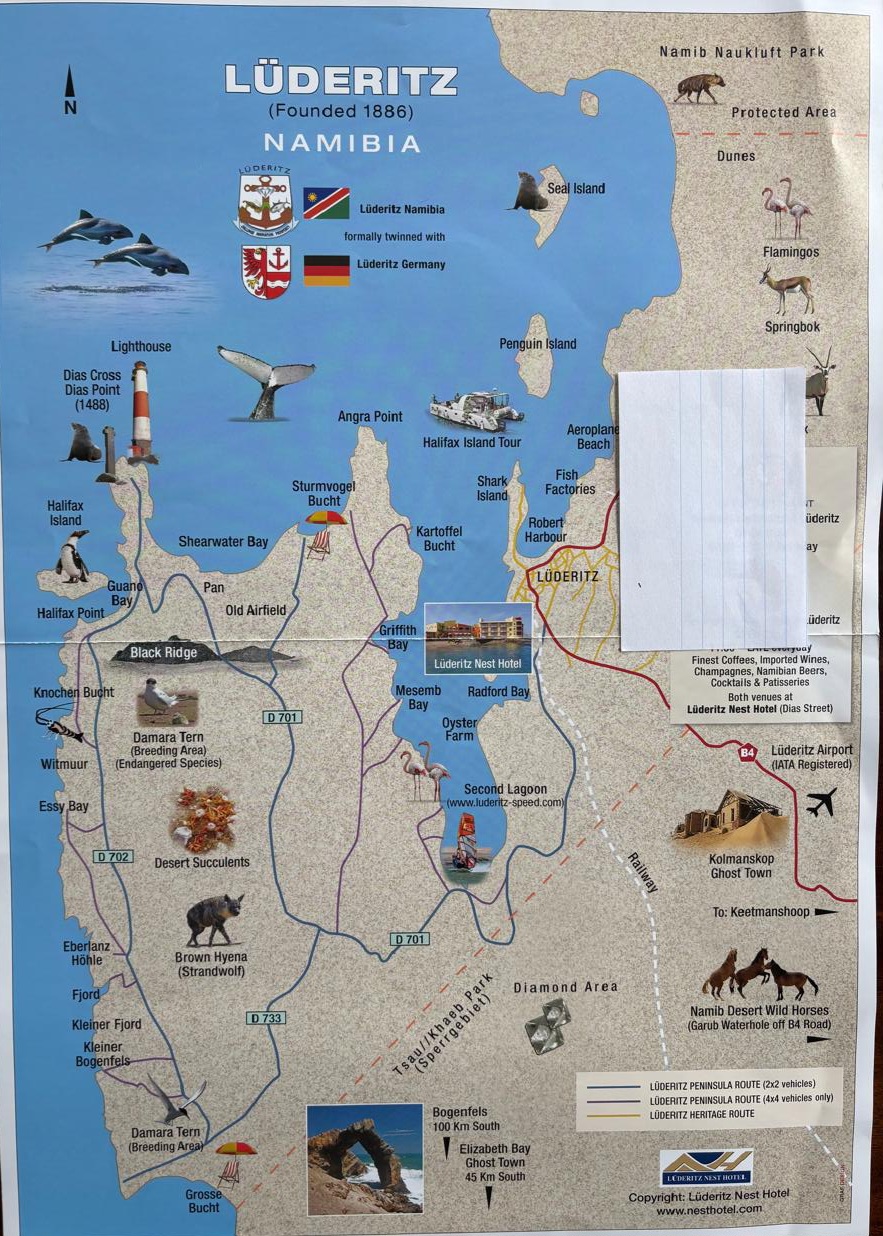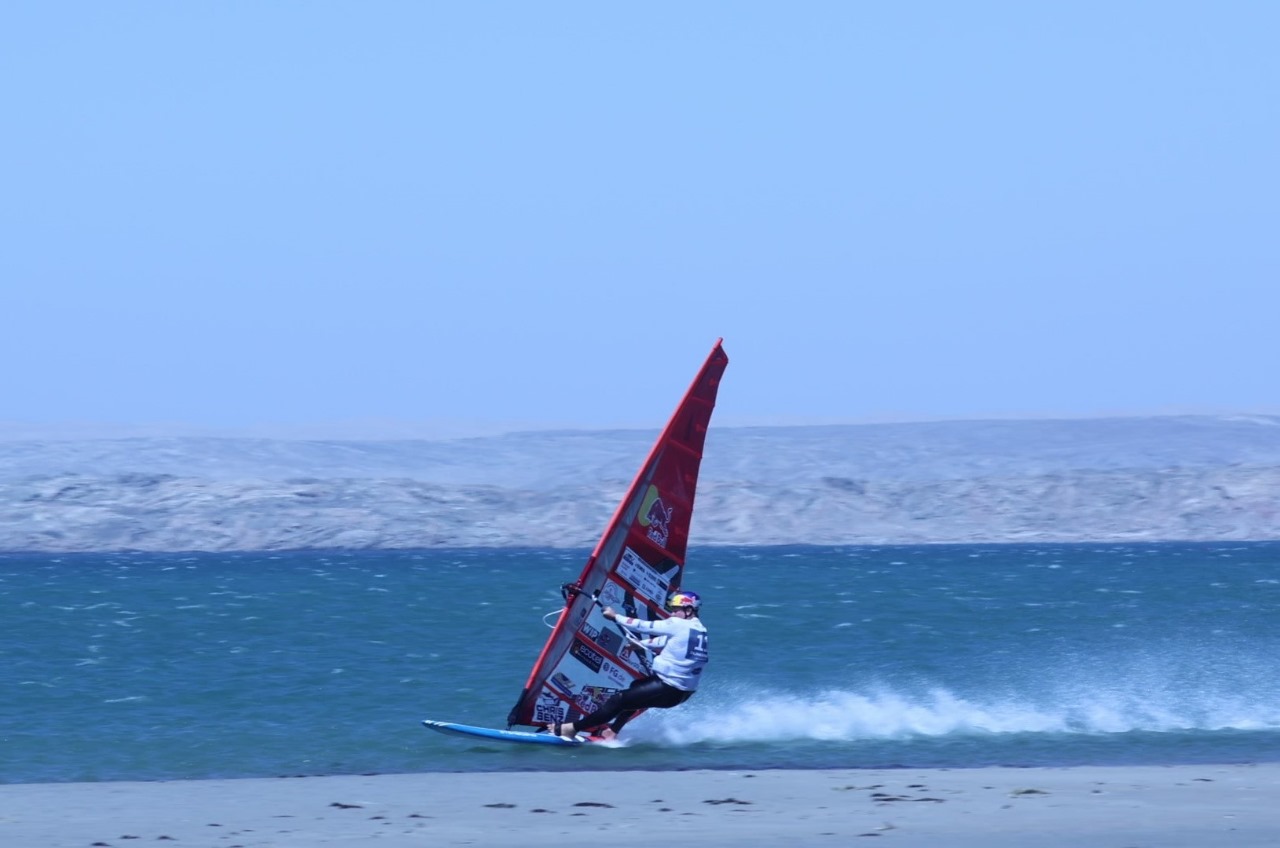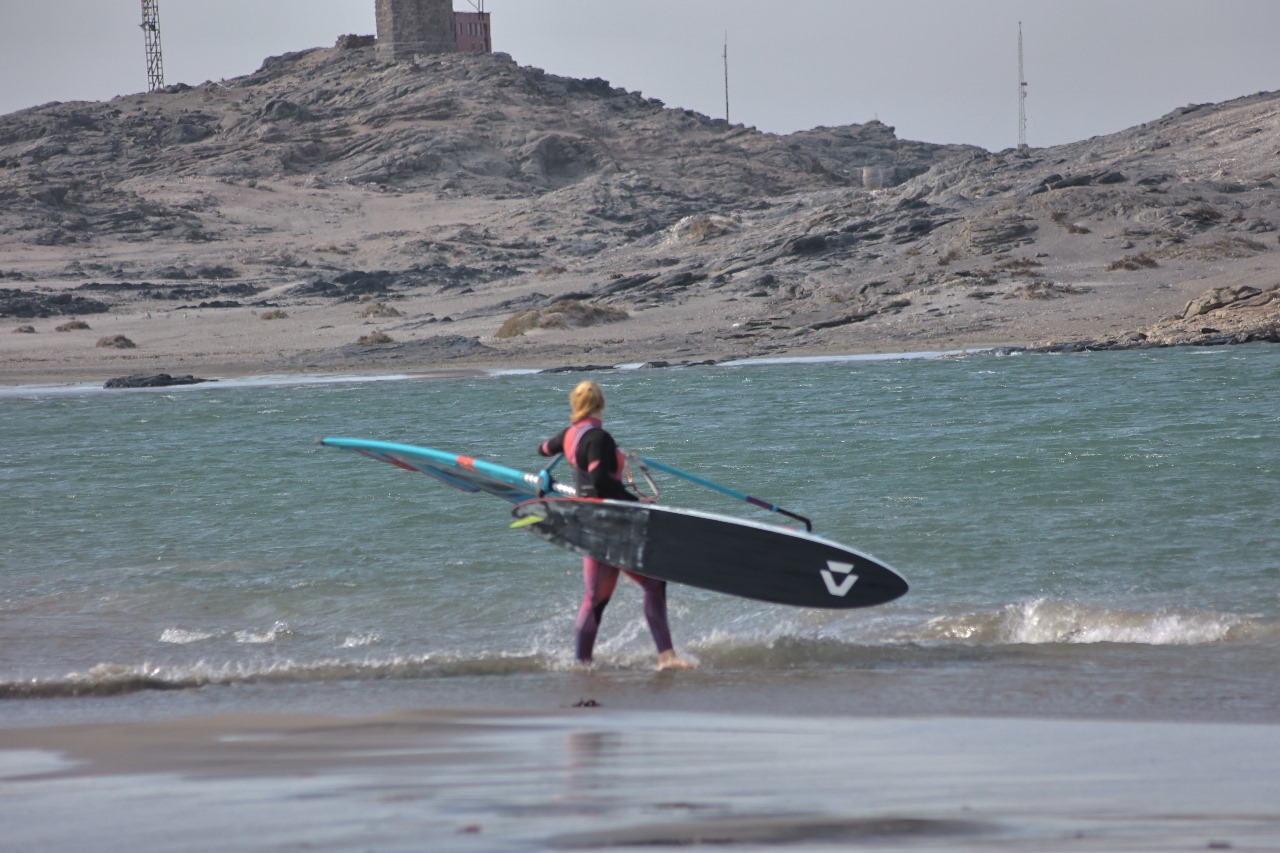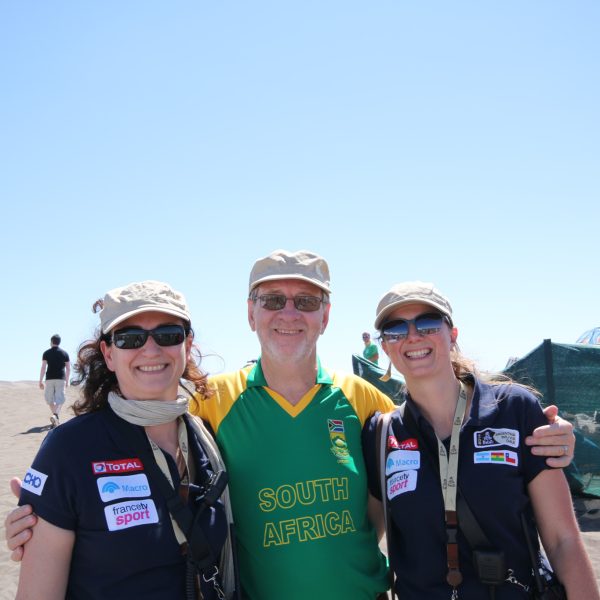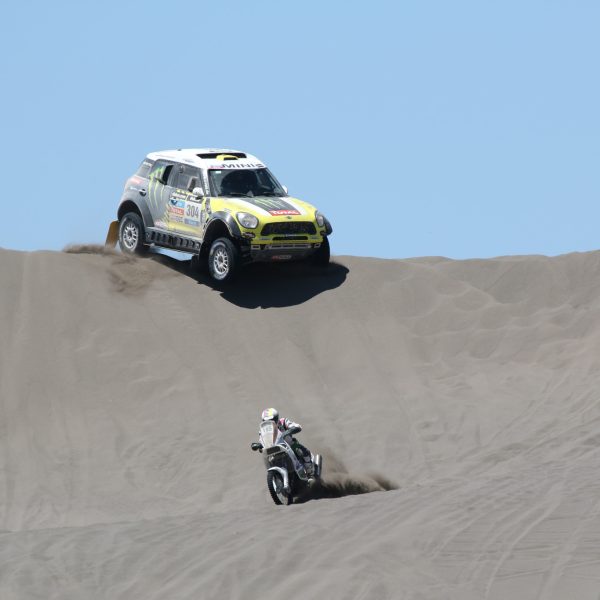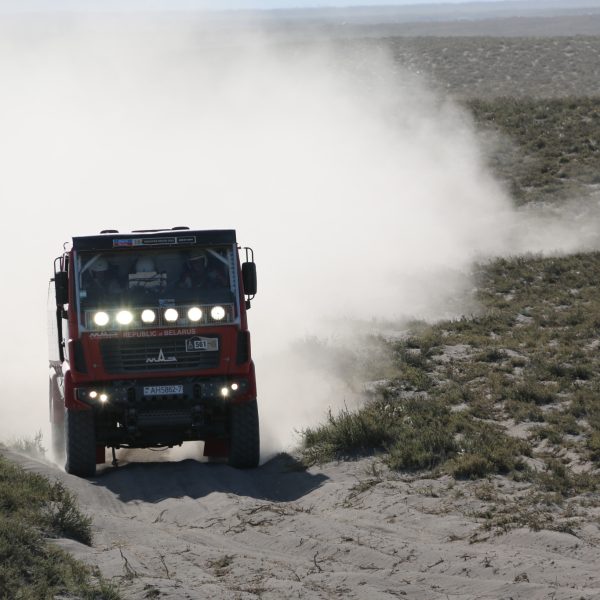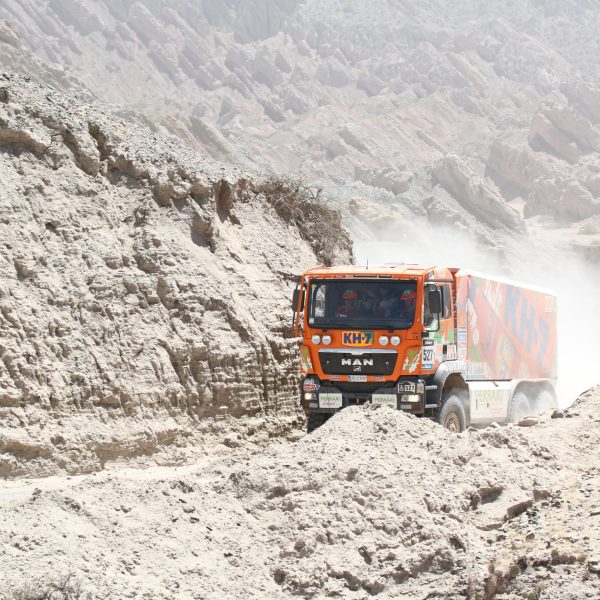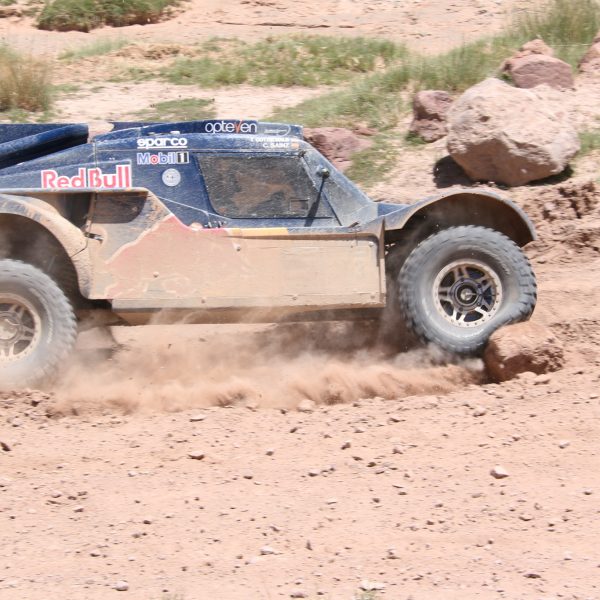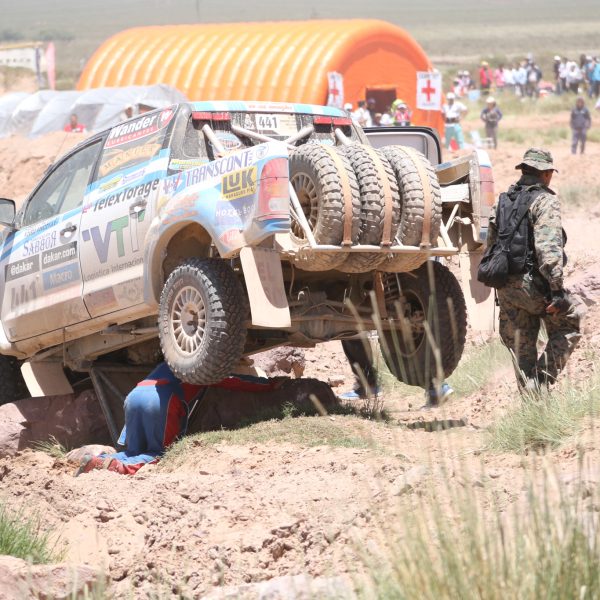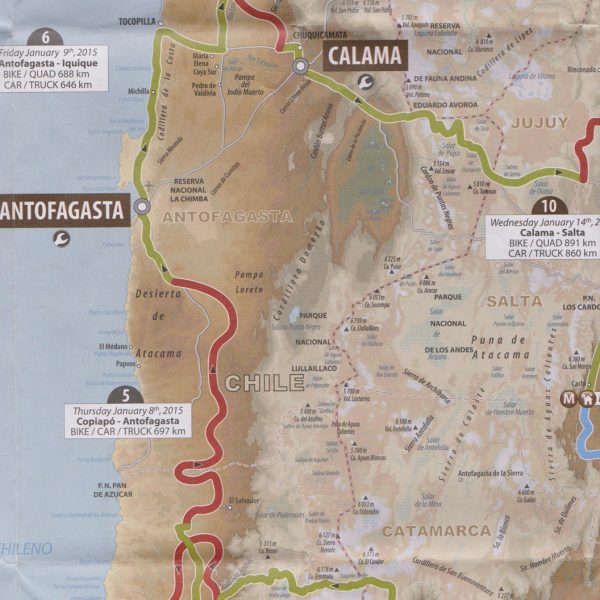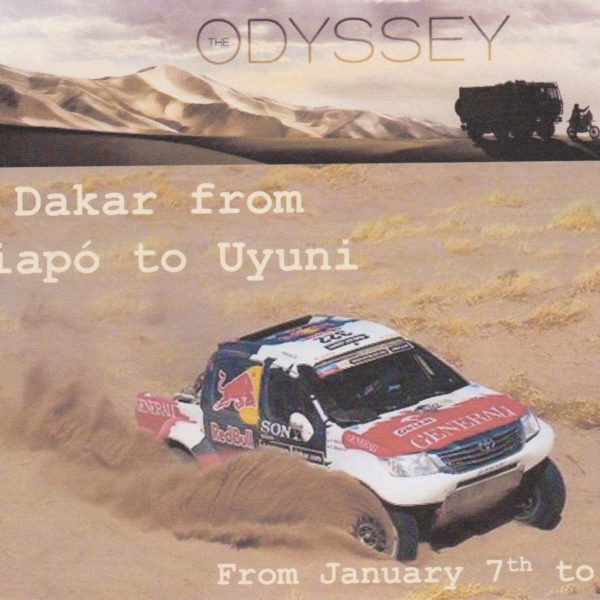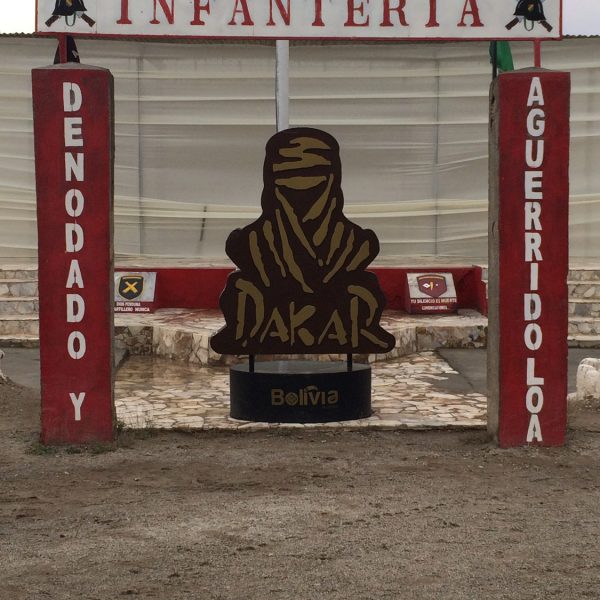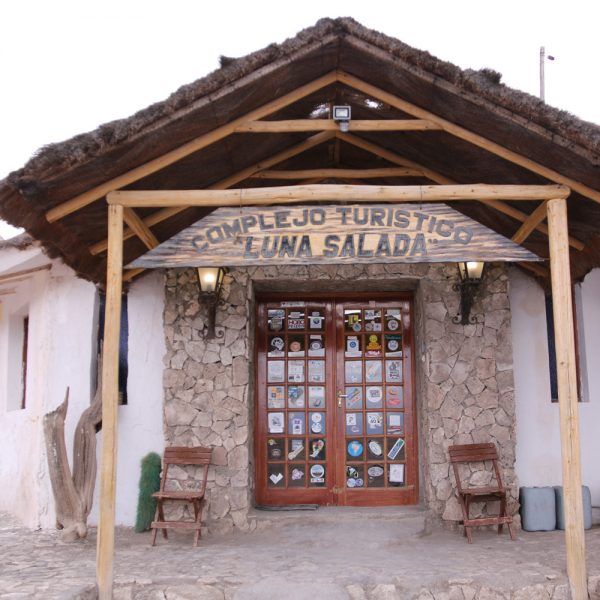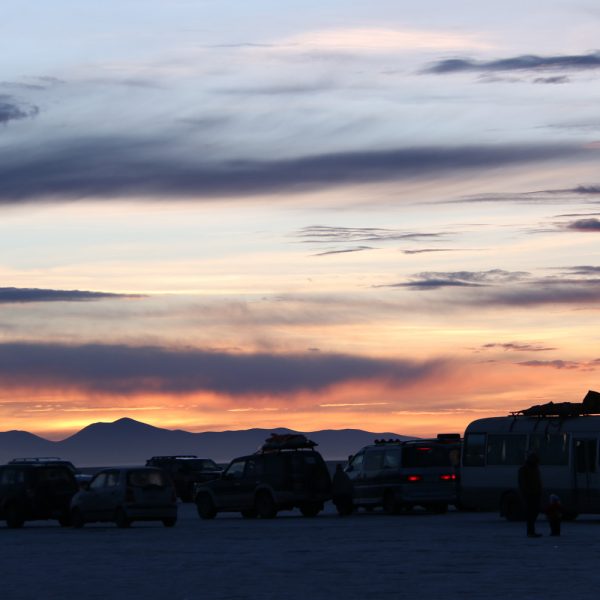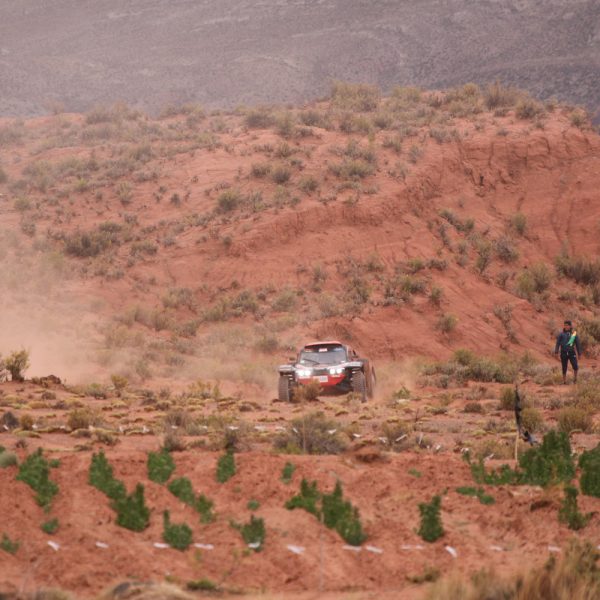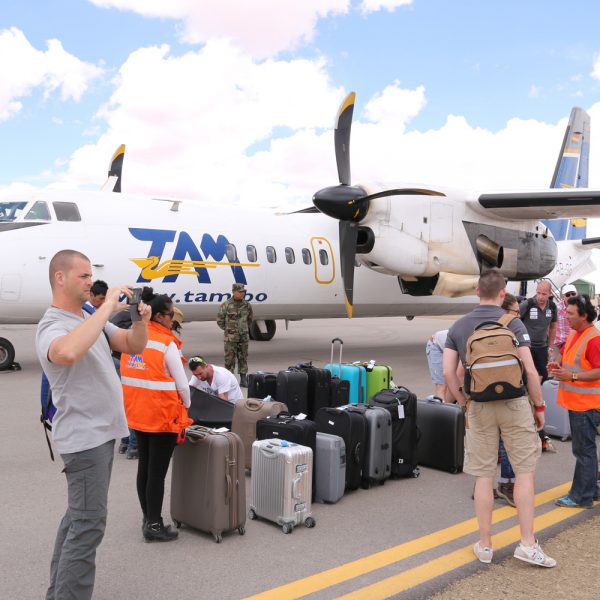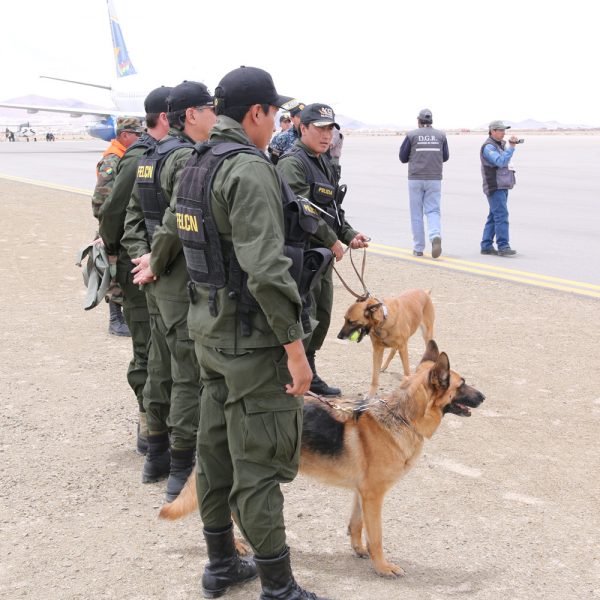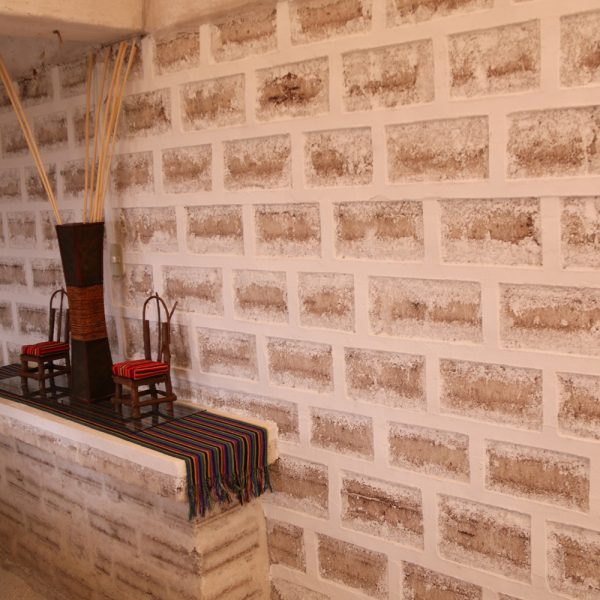Luderitz Speed Challenge 2024
4th November 2024 to 8th December2024
The Luderitz Speed Challenge is an annual speed sailing event held during the southern hemisphere Spring for Windsurfers and Kitesurfers. It is observed by the World Sailing Speed Record Council and the International Sailing Federation.
The challenge is to exceed 50 knots ( 92.6 kph). However, the official world record set by Antoine Albeau of France at Luderitz in 2015 was 53.27 knots (98.65kph). In 2024 he achieved 53.49 knots (99.07 kph and officially broke his own world record.
Some of the participants have come to this challenge for at least 10 years. They are mostly Europeans and there are no major sponsors. Basically they have to finance their own trips and of course they cannot stay away from their families and businesses for extended periods of time. The Luderitz Challenge is over a five (5) week period. This is of course to wait for the ideal winds.
In 2024 there were seventeen (17) entrants that signed up but in the finals only eleven (11) competed.
The local hotel, the Luderitz Nest Hotel, is a sponsor and assists with the accommodation. Participants that travel with their families would stay in rented accommodation.
I cannot remember how I came across this event, but I thought it would be different photography to what I have done.
My plan was to go for about four (4) days and this meant flying there via Windhoek. The flight to Luderitz is early in the morning which means one has to fly into Windhoek and stay overnight. The return flight though can be done in the same day. The Windhoek-Luderitz leg was interesting because only when we arrived at Luderitz and seeing this enormous helicopter on the airport apron that I realized that there must be some other activity taking place.
In the small arrivals area I saw most of the passengers donning sea rescue type of overalls. On enquiring what was happening, I was advised that these were TotalEnergies personnel on their war to an oil exploration rig a couple of hundred kilometres out at sea. I also read somewhere that TotalEnergies actually finances the airline that flies that leg.
I managed to get a lift to the hotel. When I did my bookings and googled for a car hire company there was no such thing. My problem was how to get from the hotel to the venue of the surfing challenge. The hotel said not a problem there would be transport to the site. Anyhow on arrival the hotel receptionist confirmed that they could arrange a car hire. Well, this was a blessing as I will elaborate later.
The hotel is built on the rocks on the edge of the sea. Luderitz was a diamond mining town and has an interesting history. Zinc mines in the area export ore from Luderitz and the other activity is fishing. There are also oyster farms and of course fresh oysters are on the menu everyday. I feasted on fresh fish of different offerings everyday. The hotel has a very friendly atmosphere, pleasant helpful staff, overseas tourists and of course the challenge participants. The camaraderie of the participants was notable.
The challenge takes place about six (6) kilometers from the hotel and it was necessary for me to have hired a car.
The event takes place in a man-made channel at a bay area ( the Second Lagoon) near a wetland with flamingos. In the bay, more in the sea area are the oyster farms. The channel is about one kilometer long and twenty metres wide. The participants speed is measured on a five hundred (500) metre section. Participants have to be reasonably fit because they make quite a few attempts to get their best speed. The top contenders attempt up to thirty (30) runs. Imagine the strength in their wrists and arms holding the sails at those speeds.
Safety is a big issue with some contenders wearing helmets and padding.
Dakar Rally - 2014
The Dakar Rally was originally a motor race that took place from Paris to Dakar in West Africa. The cars that participated were standard vehicles and it was a real endurance test for man and machine.
The race was discontinued because of the threat of terrorists in West Africa. After an absence of a year the race was then organized in South America. Unfortunately there is still confusion with the name Dakar with people thinking it is still Paris to Dakar.
If you are a “petrol head” then one of the events to follow is the Dakar races.
For South Africans there is very little coverage of this event.
In about 2012/13 I got a bee in my bonnet to follow the races in South America and combine it with my amateur photography and interest in technology.
Eventually through a sports travel agency in Europe I bought a package to follow the races.
The section we followed was from St Rafael to Salta and Route 40 in Argentina. Our transport was in Double Cab 4 x 4’s. The first day was to the dunes of Nihuil desert where we parked on top of a sand dune waiting for the rally vehicles to pass.
The adrenaline rush was unforgettable when we heard from kilometers away the first sounds of motor cycles and cars. As they appeared over the horizon I fumbled with trying to select the correct lens and missed taking pic’s of the first contestants
Of course being desert there were competitors that were off course and my fitness was really tested running up and down the sand dunes trying to get good pic’s.
I experienced then what camaraderie was all about.
As they came past the number of drivers that greeted me, possibly because I was taking pic’s was a humbling experience.
The desert took it’s toll on drivers. The Ford driver, Chris Visser raced over the top of a dune at speed and did a forward “ head over heels”. That was the end of the race for that team with Visser landing up with a neck injury.
In another incident, motorcyclist stalled his bike at the top of the dune where we were standing and seemed to collapse from exhaustion right there. Spectators revived him by pouring water over him. He then tried to get going but one could see he was totally disorientated. Spectators then gave him directions to assist him to get on track.
The bivouac was another experience and we were told that up to 3 000 people are active in this enclosure on the day the racers move in. These numbers consist of participants, team support personnel, organizers and V.I.P visitors.
Works teams are either accommodated in mobile homes or if you are a top driver like Geniel de Villiers or Carlos Sainz, then you could land up in a five star hotel.
Mechanics work through the night and sleep in the day. It is no holiday for them.
There is no glamour in being a works mechanic. Their accommodation is a one man tent. Come rain, wind, snow or sunshine. One day I experienced the most miserable rain and mud in a bivouac.. A rain coat or umbrella was not part of my carry equipment. Being at high altitude near the Andes made it a freezing experience.
Talking about altitude, we were advised to take medication to combat altitude sickness. Even participants would take on oxygen from the medics between stages.
Dakar Rally - 2015
Dakar 2015
The Dakar organizers offer a package through their sports enthusiast arm called A.S.O and V.S.O. They also organize the Tour de France cycling race. It is reported that organizing the Dakar motor race is second only to the Olympics.
The organizers offer four packages which cover the start, two intermediate stages and the end. These packages are for two to three days each. As I did in 2014 I opted to purchase a package for the two intermediate stages. The rationale being that the start is crowded with over four hundred motorcycles, buggies, cars and trucks.
By the time the racers reach the last three or four days, the numbers have dwindled considerably and there is not much excitement left. My bet therefore was the middle section.
In 2014, I only covered the Argentinian side of the race. In 2015 I wanted to experience different countries and decided to follow the race on the Chilean and Bolivian side.
The trip started in Johannesburg to São Paulo, then Santiago and finally we joined the races in Copiapo, Chile. This is a copper mining area in the Atacama Desert and this is where the vehicles arrived after crossing the Andes from Argentina.
The organizers had arranged for the group to be transported in 4 x 4 Double Cab vehicles. The interesting aspect of this was that the vehicles were Europcar rented vehicles from the copper mine and the drivers were army personnel on special leave.
I suppose a bit of pocket money for them.
When you read my story on the 2014 Dakar I mentioned how the mechanics would
sleep in one man tents and take a nap during the day because they had to work on and service vehicles at night. If you are a privateer, it is tough, because you have to do your own maintenance. The photographs below give you a good idea how the mechanics sleep under trucks, on the rear lid of SUV,s , in the shade etc. Remember that this is early January and extremely hot.
There is even entertainment for mechanics during the day. One of the photographs is of a model racing track with miniature electric racing cars.
There was a day off and they let us drive the double cabs on the sand dunes.
I thought that I was doing pretty good and speeding ahead of the others but I made two basic mistakes. I did not deflate the tires which one is supposed to do when driving in sand and secondly I took my foot off the accelerator when I should not have. The result being that the vehicle got stuck in the sand. Well, next time I will know what to do.
If one is interested in motor vehicle technology, there are a number of interesting facts about the works vehicles and those that are specifically built for privateers that have “ hollow pockets”. You will notice in these photographs that some of the vehicles have a contraption that will deflate and inflate the tires when the vehicle hits sand. This is all controlled by the driver in the cab.
Some vehicles have automatic fire extinguishers.
From Iquique in Chile we flew over the Andes and Salar de Uyuni in Bolivia.
The Salar de Uyuni is a salt pan of 10,500 square kilometers.
At the bivouac in Iquique the Chilean and Bolivian immigration departments set up a passport control in a tent which can be seen in the one photograph . This was for the drivers driving over the Andes where there is no border post and also for our group.
For this part of the race from Chile to Bolivia and return none the teams were permitted to have any support and this is called the Marathon stage.
The Dakar motor race was an experience and the organizing and logistics could not be faulted.
Salar de Uyuni - Bolivia - January 2015
Bolivia is a country not many people add to their list of destinations which, following my current experience, is a great travesty. Especially if you are the adventurous type. I was fortunate to experience this unbelievable area of the world as part of a tour group arranged by the Dakar Rally organizers.
The introduction was an unbelievable flight in a 40-seater charter plane landing at a Military base at Uyuni. We were greeted by a full welcoming party of military police, dog handlers sniffing out luggage, and a Swat team. This is definitely one of the most interesting and daunting welcomes of all of my travels. We flew from Iquiqi in Chile, and the pilot took us low over the Andes Mountains, which was an incredulous sight.
We were there in the second week of January and although it was mid-summer, the early morning temperatures reached lows of 2 °C. Although it is situated between the Equator and Tropic of Capricorn, the altitude of 3,800m is what makes it cold, coupled with the mountains in the background reaching heights of 5,800m.
It was a dazzling sight when, early one morning, convoys of cars and thousands of spectators made their way to the start of a stage of the races. The spectators unpacked camping stools, gas cookers, blankets, and even pets from their vehicles. Some even set up shop selling “vetkoek”. Their hats and poncho’s brightly coloured and looked warm enough to ward off the cold.
In a move that showed intense national pride, President Evo Morales declared that day a holiday. He arrived, with neither a blue light brigade nor a legion of bodyguards, early in the morning and was honoured with the starters flag and started the race.
The salt pan on which the race was held is nothing short of breathtaking. The expanse alone, 10,850 square kilometers, is staggering and gives an eerie feeling, but the beauty of this white mass with the snow-capped Andes in the background makes a spectacular picture. After the rain we experienced one night, the salt pan took on a radiant appearance, reflecting our vehicles as well as the majestic mountains. With or without rain, the salt pan is a most spectacular scene to experience, a flat area with no end in sight.
One section of the race is called the Marathon stage, meaning that for two days the cars and motorcyclists had no technical assistance. This is tough enough on the cars, but the motorcyclists had to bivouac at the military barracks overnight. They had ridden over the wet salt pan and the riders were literally frozen. Fortunately, they could enjoy a hot shower and best of all they were issued with warm poncho’s and head gear with compliments of the President.
Another wonder we experienced was checking into the Luna Salada Hotel, constructed from salt blocks. This is truly a sight to behold. Fire places in the reception area and the side lounges made it so cozy and homely. The passage floors made from coarse salt but thankfully the bedroom floors were tiled. The porters who assisted us with our luggage were a godsend. Trying to pull luggage with a twelve kilogram camera bag, up three levels, along coarse salt corridors is not easy and can leave you breathless.
The locals are permitted to grow coca plants. They chew the leaves and then spit it out. This is a stimulant and overcomes altitude sickness. The cocaleros are the coca leaf growers and President Evo Morales was the leader of the cocalero movement that voted him into power.
Southwestern part of Bolivia was a great experience, but I would still like to visit Lake Titicaca one day.
